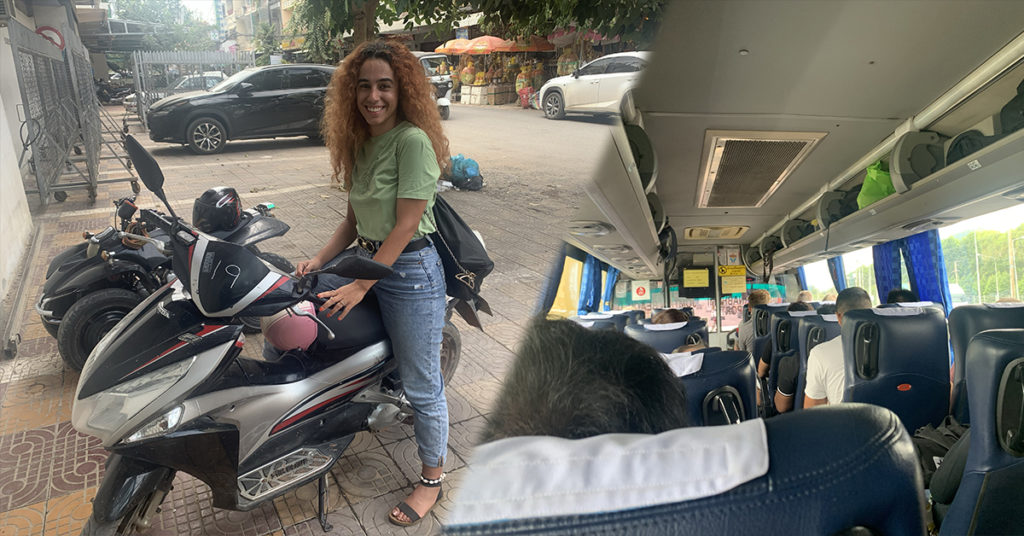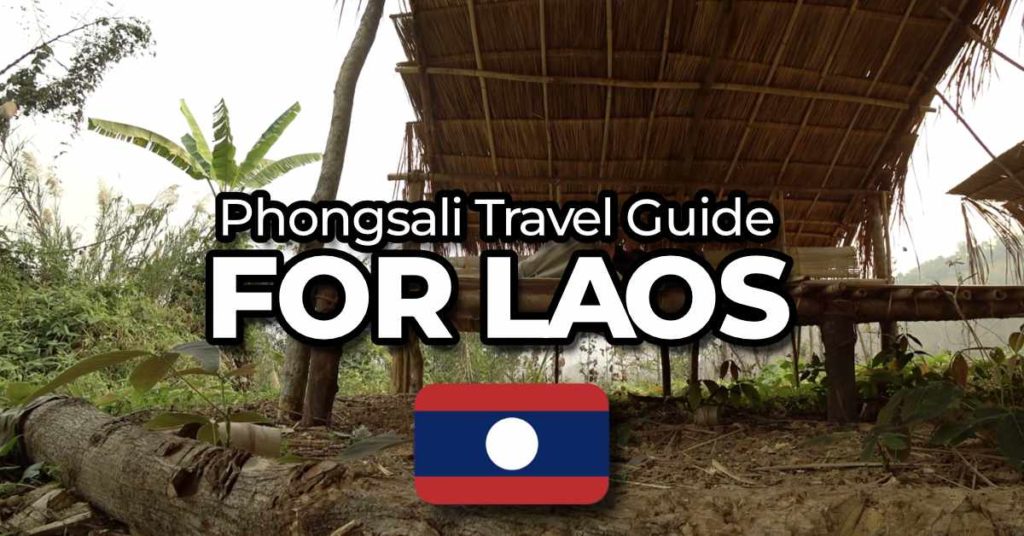As an experienced traveller who has explored Vietnam extensively, I can confidently say that understanding how to access cash is crucial for a smooth and hassle-free journey. While Vietnam has embraced digital payments, cash is still king, especially in rural areas and local establishments. In this comprehensive guide, you’ll learn all about ATMs, and how to avoid fees, which accept foreign cards alongside my personal experiences and insider tips to help you navigate the world of ATMs in Vietnam like a pro.
Quick tip: do not accept the dynamic currency conversion. Let your bank do it, you get a much better rate in Vietnam and anywhere in the world if you use this one tip. ATM owners hate this traveller for sharing this ONE TIP that SAVES THEM fees on their withdrawals ABROAD.
ATMs & Foreign Cards in Vietnam
All banks in Vietnam accept foreign cards, so you don’t have to worry about looking for a specific type. They accept AMEX, Visa, Mastercard, Maestro, Union Pay cards, and more. However, different ATM brands sometimes offer better conversions, allow you a bigger withdrawal limit per transaction, and may also charge a lower fee.



One of the best ATMs to look out for in Vietnam is Sacombank or HSBC Vietnam (if you have an HSBC card this offers free withdrawals). These allow larger withdrawals of up to 10,000,000 VND per transaction, so if you’re going to be withdrawing, rather than converting money, it’s best to do it here to avoid the constant fees as fees are around 50,000 VND – 100,000 VND (approximately $2.15 – $4.30) per withdrawal. As you can tell, these fees can rack up pretty quickly.
Regarding lowest fee ATMs, you want to look for ACB or Techcombank. These will charge 50,000 VND (approximately $2.15) per transaction and are among the lowest-cost fee ATMs in Vietnam. However, you can only withdraw up to 5,000,000 VND per transaction, so work out which is best for you in terms of fees, because if you want an extra 5,000,000 VND, you might end up paying more than just using Sacombank or HSBC Vietnam.
The best foreign exchange rate ATM in Vietnam is Vietcombank. You’ll find competitive exchange rates here. ATMs commonly give you less favourable rates, so it’s beneficial to check the rates offered by different banks. However, with Vietcombank, you can only withdraw up to 5,000,000 VND at a time, so with the fees, it might still be best to use Sacombank or another higher withdrawal limit ATM.
Lowest Fee ATMs in Vietnam
Different ATM networks in Vietnam have varying withdrawal fees and limits. Here’s a breakdown of some common ones:
| ATM Brand | Foreign Card Withdrawal Fee (VND) | Foreign Card Withdrawal Fee (USD) | Max Withdrawal per Transaction (VND) | Max Withdrawal per Transaction (USD) |
|---|---|---|---|---|
| Vietcombank | 50,000 VND – 100,000 VND | 2.15 USD – 4.30 USD | 5,000,000 VND | 215 USD |
| BIDV | 50,000 VND – 100,000 VND | 2.15 USD – 4.30 USD | 5,000,000 VND | 215 USD |
| VietinBank | 50,000 VND – 100,000 VND | 2.15 USD – 4.30 USD | 5,000,000 VND | 215 USD |
| Agribank | 50,000 VND – 100,000 VND | 2.15 USD – 4.30 USD | 5,000,000 VND | 215 USD |
| Techcombank | 50,000 VND – 100,000 VND | 2.15 USD – 4.30 USD | 5,000,000 VND | 215 USD |
| ACB | 50,000 VND – 100,000 VND | 2.15 USD – 4.30 USD | 5,000,000 VND | 215 USD |
| Sacombank | 50,000 VND – 100,000 VND | 2.15 USD – 4.30 USD | 10,000,000 VND | 430 USD |
| MB Bank | 50,000 VND – 100,000 VND | 2.15 USD – 4.30 USD | 5,000,000 VND | 215 USD |
| Eximbank | 50,000 VND – 100,000 VND | 2.15 USD – 4.30 USD | 2,000,000 VND | 86 USD |
| HSBC Vietnam | 55,000 VND – 70,000 VND | 2.36 USD – 3.00 USD | 5,000,000 VND | 215 USD |
| ANZ Vietnam | 55,000 VND – 70,000 VND | 2.36 USD – 3.00 USD | 5,000,000 VND | 215 USD |
As you can see, withdrawal fees typically range from 22,000 VND to 55,000 VND (around $1 to $2.35 USD), while maximum withdrawal limits can vary from 2,000,000 VND to 5,000,000 VND (approximately $85 to $212 USD).
It’s generally better to withdraw larger amounts to minimize fees, but be cautious about carrying too much cash at once. Distribute your money across different bags and locations for added security.
To Exchange Money Before, At the Airport, Shop or Just Withdraw?
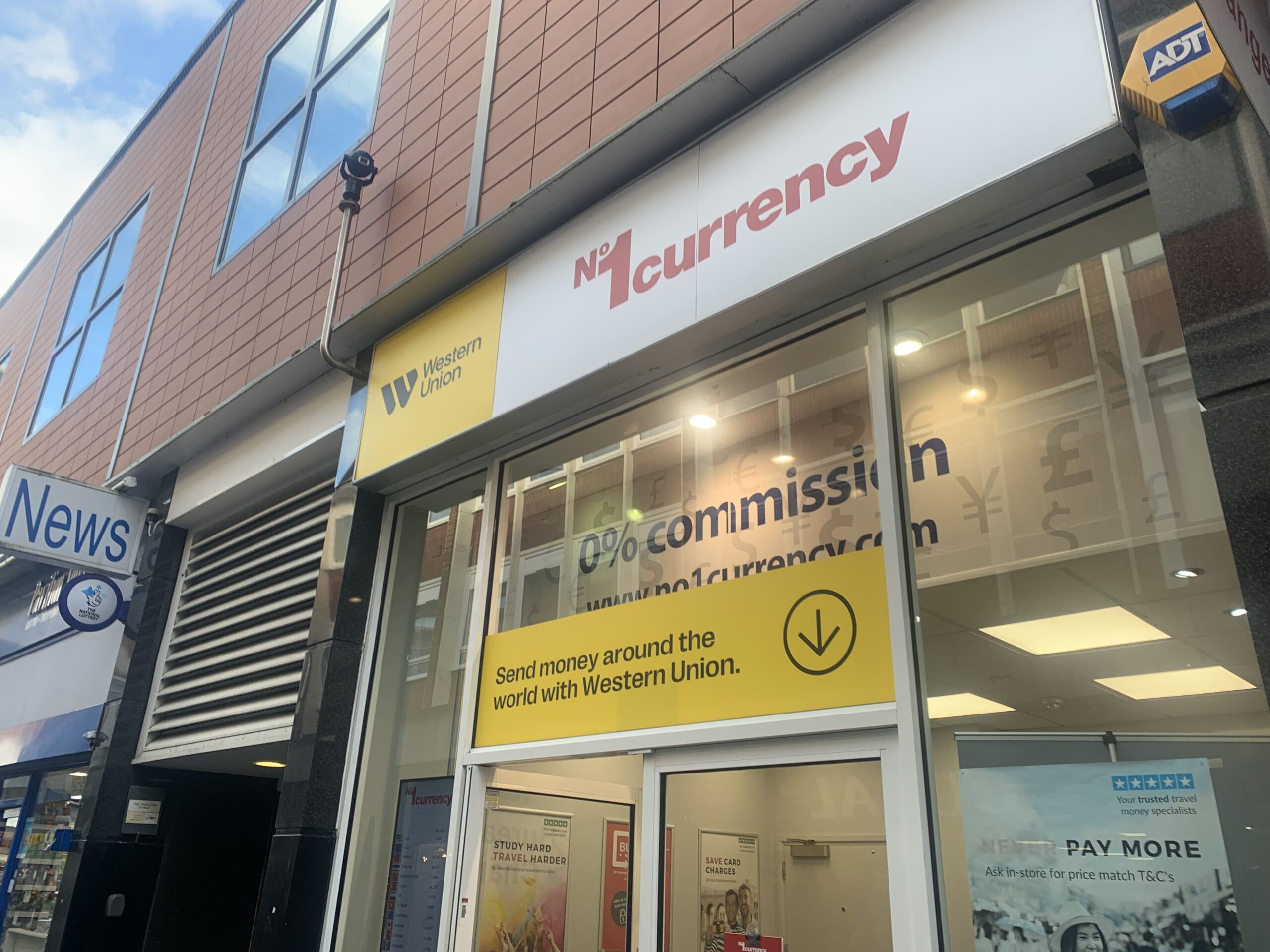
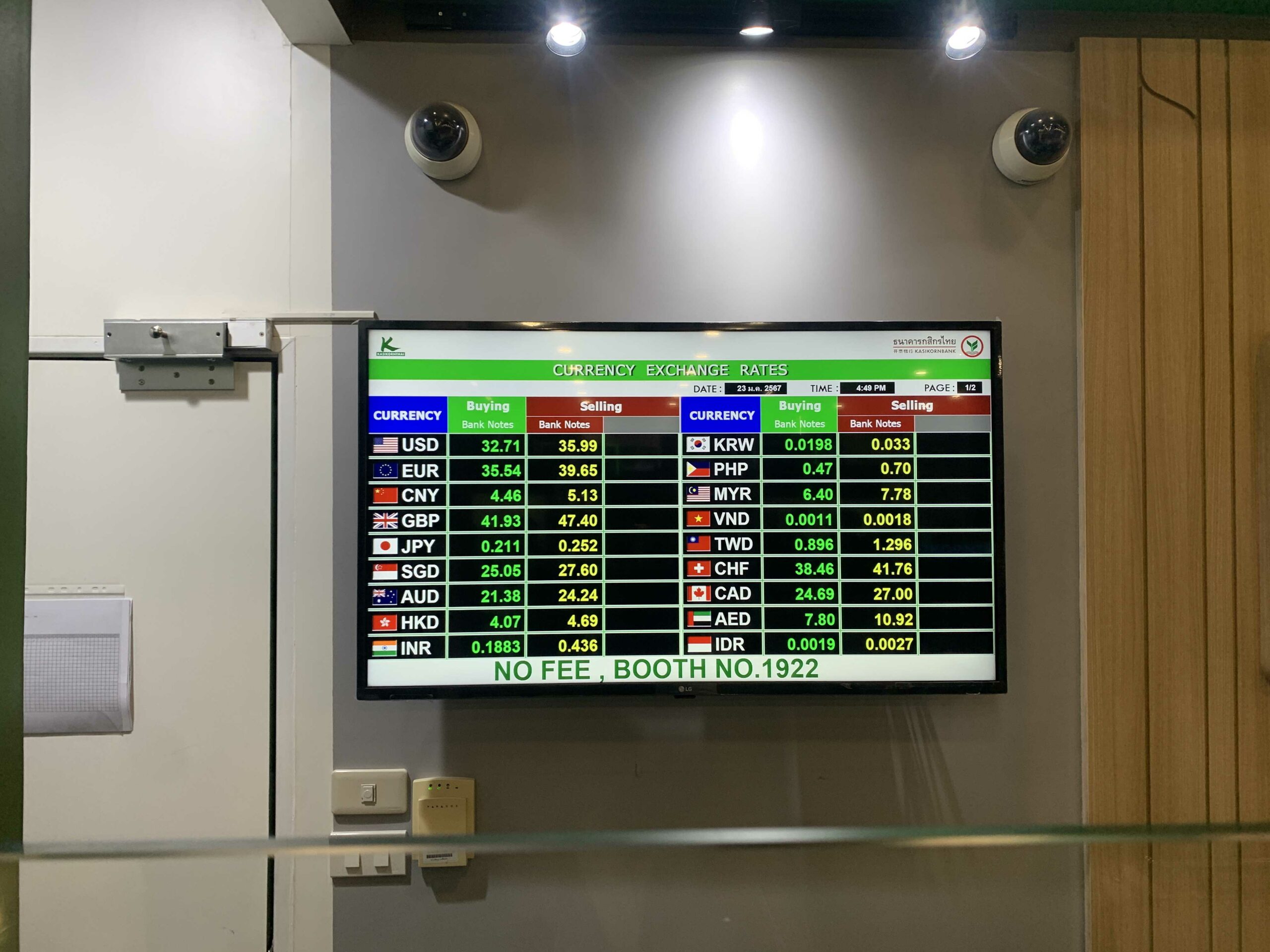
There are 3 main ways you can exchange money in Vietnam:
- FOREX Shop (cheapest – find pretty much anywhere in a tourist district)
- Airport (less expensive than ATM)
- ATM (high fee charges but convenient – can find almost anywhere)
It’s best to take your home currency with you and change it in Vietnam. They offer far better rates than any ATM or home exchange. For instance, for £1 ($1.20+ USD), you’re able to find rates of 30,000 – 30,500 VND, and for $1 USD, you can get 23,500 – 24,000 VND. Most ATMs will offer a conversion at around £1 to 28,500 – 29,000 VND, or $1 USD to 22,000 – 23,000 VND. This makes exchanging at a FOREX shop in Vietnam far better. Also, don’t forget the added fees with ATM withdrawals.
If you need money at the airport to purchase a Vietnamese SIM card (it’s better to wait until you get out if you want to save money), then the best action is to convert your money at the airport exchange. They offer a slightly better rate than the ATM and don’t have the 50,000 – 100,000 VND fee.
Most exchanges in Vietnam will accept these currencies:
- USD
- GBP
- EUR
- AUD
- JPY
- CNY
- CHF
- SGD
- HKD
- INR
- DKK
- NOK
- SEK
- TWD
- KRW
- MYR
- PHP
- NZD
- ZAR
- VND
- CAD
- IDR
- SAR
- AED
- OMR
- RUB
Additionally, you can go to most malls, where you will commonly find a floor with various ATMs and foreign exchange services. This applies to major destinations like Hanoi, Ho Chi Minh City (Saigon), and Da Nang.
Why Cash is King in Vietnam


While Vietnam has embraced digital payments and card transactions, cash remains the preferred mode of payment in many parts of the country, especially in rural areas and local establishments. From street food vendors and local markets to homestays and small businesses, you’ll find that carrying cash is essential for a smooth travel experience.
In my experience card payments are far more accepted across Vietnam compared with Thailand for instance, and a lot more hotels and shops will have card payment available (especially in major cities). However, cash is needed in more rural areas and even smaller towns outside of the major cities.
Many taxi drivers, cyclo operators, and service staff prefer to be paid in cash (if you’re not using Grab or Bolt, which I’d recommend over anything to avoid getting ripped off). Additionally, while most hotels, resorts, and upscale restaurants accept credit cards, they often charge an extra 3-4% fee for card transactions, making cash a more cost-effective option.
Understanding Vietnamese Dong and Exchange Rates
When you withdraw cash from ATMs in Vietnam, you’ll receive Vietnamese dong (VND). As of June 2024, the exchange rate is approximately 1 USD = 23,500 VND. However, it’s important to note that exchange rates fluctuate, so it’s always a good idea to check the current rate before your trip.
One crucial tip: when using ATMs in Vietnam, you’ll be asked if you want to be charged in your home currency or the local currency (VND). Always choose to be charged in VND, as this will ensure you get the best possible exchange rate, known as the mid-market rate. If you opt to be charged in your home currency, the ATM will apply an inflated exchange rate, costing you more in the long run.
The Practical Way to Avoid Fees on ATMs in Vietnam
TPBank and VPBank
These two banks stand out as excellent options for fee-free ATM withdrawals in Vietnam. They don’t charge any additional fees for foreign card transactions, and they have a relatively high withdrawal limit of 5,000,000 VND (around $212 USD) per transaction.
Not only does this save you money, but it also means you don’t have to make as many withdrawals, further reducing the potential for fees.
HSBC (for HSBC Advance/Premier Customers)
If you’re an HSBC Advance or Premier customer, you can enjoy fee-free withdrawals from HSBC ATMs in Vietnam. However, their withdrawal limit is slightly lower at 4,800,000 VND (around $205 USD) per transaction.
ANZ and Citibank (for Customers)
Customers of ANZ and Citibank can use their respective ATMs in Vietnam without paying any withdrawal fees. However, it’s worth noting that these international banks have a more limited ATM network in Vietnam compared to local options.
Remember, while these ATMs may not charge a withdrawal fee, your home bank might still apply foreign transaction fees or account maintenance charges. Always check with your bank to understand the complete fee structure and minimize costs.
Use Techcombank or Sacombank ATMs
If you want to use ATMs, the best way to avoid high fees is to use a Techcombank or Sacombank ATM. These banks charge lower fees compared to others. Techcombank, for example, has fees of around 50,000 VND (approximately $2.15), and Sacombank allows a larger withdrawal limit of up to 10,000,000 VND per transaction. This reduces the number of times you need to use an ATM too, so you’ll save that way.
Go to a Foreign Exchange Shop
Foreign exchange shops in Vietnam offer the best rates. You should bring your home currency in cash and exchange it at these shops (NOT THE ONES IN THE AIRPORT). The rates are very competitive and much better than you will find at any ATM or your home country’s FOREX shops.
You will find FOREX shops in major tourist areas, but it’s worth shopping around for better rates as they are always competing. Slight differences in rates between shops can make a big difference, especially if you are traveling on a budget.
Please avoid purchasing anything in the airport in Vietnam, it’s known to travellers as one of the scariest airports in Aisa, so beware.
Get a Vietnamese Bank Account

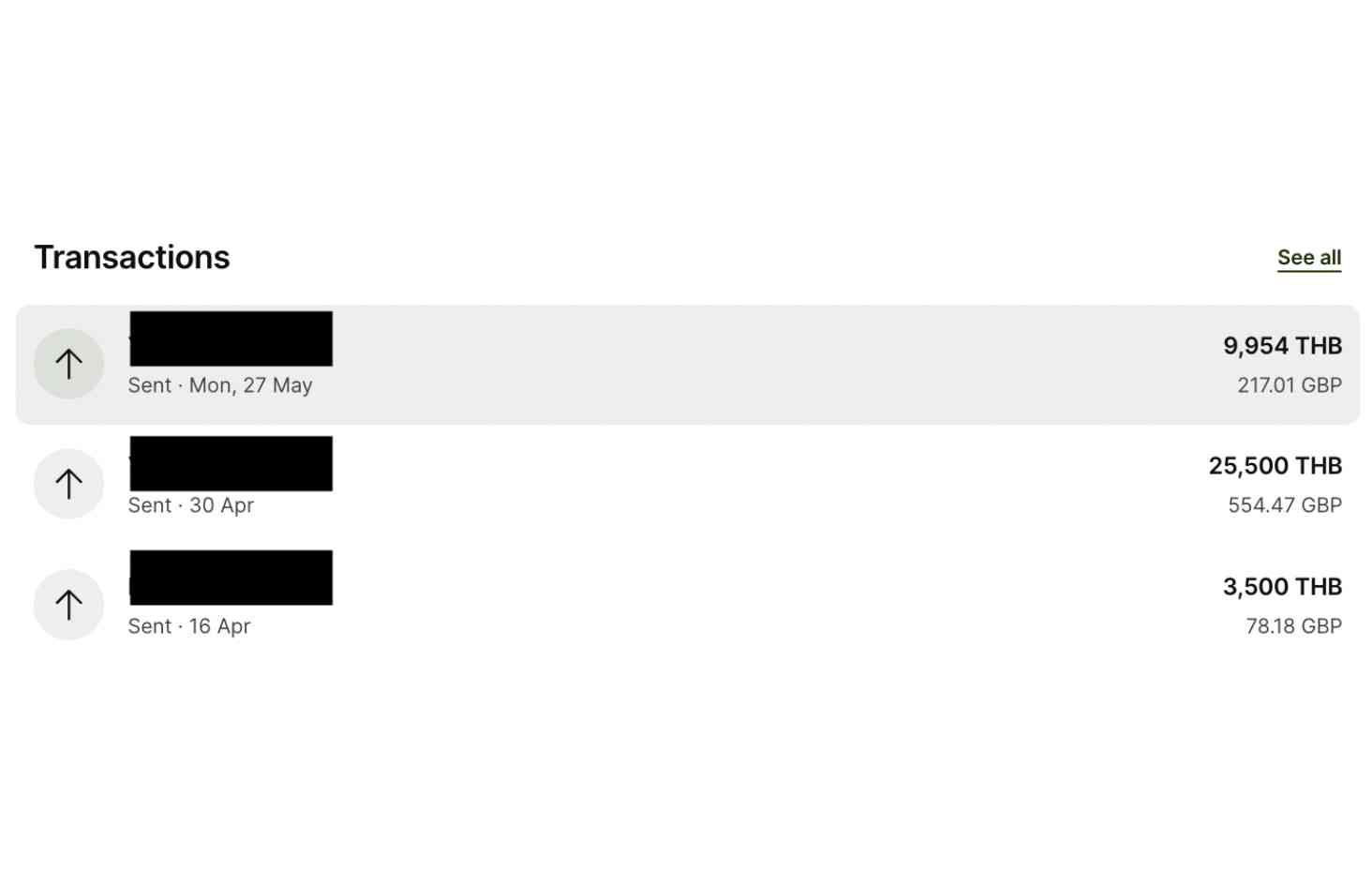
If you are an expat or on a student visa in Vietnam, you can open a Vietnamese bank account. All you need is proof of residency in Vietnam. Most banks will allow you to open an account if you can provide the necessary documents.
However, if you open an account, it’s wise to transfer money from your home account when you need to withdraw cash and keep your savings in your home country’s account. To reduce transaction fees, use services like Western Union, Wise, or Payoneer. Payoneer often offers the best rates for sending money internationally.
I use Payoneer and Wise to transfer money to my foreign bank accounts. Fees are pretty low. For instance on a transaction totalling £215 ($273 USD), it cost me £3.90 ($4.97) which is cheaper than the ATM fees you’ll pay in foreign countries. Additionally the exchange rate is usually far better than the exchange rate the ATM will give you.
Avoid Dynamic Currency Conversion
Most ATMs will ask if you want to accept a currency conversion rate, usually, this is altered and they sneak in extra fees by giving you a lower exchange rate. Always press cancel on the exchange rate that is presented to you on screen to get the cheapest conversion. This won’t cancel your transaction, it will just let your bank give you the current rate that they offer. This is often better.
This also applies to card payments in shops as well. In malls and modern areas, you can pay by card. If asked to convert to your home currency, select no and pay in VND instead.
Transfer Money to a Trusted Friend
Vietnamese people do not pay fees to withdraw from ATMs, or they pay extremely low fees. If you have a trusted friend in Vietnam, you can send an international transfer using a service like Payoneer, reducing fees considerably. Your friend can then withdraw a large sum for you, saving you ATM fees.
Please be cautious when doing this. Ensure you fully trust the person you are sending money to.
Major ATM Networks in Vietnam
Vietnam has a robust network of ATMs operated by both local and international banks. Here are some of the most prominent ones you’ll encounter:
- Local Banks:
- Vietcombank
- Vietinbank
- BIDV
- Agribank
- Techcombank
- VPBank
- TPBank
- MBBank
- ACB
- International banks:
- HSBC
- ANZ
- Citibank
While not as widespread as local banks, you’ll find ATMs from these international institutions in major cities like Hanoi, Da Nang, Nha Trang, and Ho Chi Minh City. Among the local banks, Agribank, Vietinbank, and BIDV have the most extensive ATM coverage, even in remote regions.
How To Find ATMs in Vietnam
Locating ATMs in Vietnam is generally quite straightforward, especially in urban areas and tourist hotspots. Here are some tips:
- Major banks like Vietcombank, Vietinbank, and BIDV have extensive ATM networks in city centres.
- Look for ATMs inside malls, hotels, and airports.
- Check if there’s a security guard outside the ATM for added safety.
- When exploring off-the-beaten-path destinations, carry enough cash to avoid potential shortages.
Alternatively, you can use Google Maps or ask your hotel staff for the nearest ATM locations.
Optimizing Your ATM Experience in Vietnam
To make the most of your ATM experience in Vietnam and minimize fees, consider these additional tips:
Use a Travel-Friendly Bank Account or Card

If you frequently travel internationally, it may be worth considering a bank account or card that offers fee-free withdrawals and minimizes foreign transaction fees.
Here are some options to explore:
- Charles Schwab Checking Account (for Americans): This account reimburses all ATM fees worldwide, making it an excellent choice for hassle-free cash access in Vietnam.
- Wise Debit Card: With Wise, you can hold and manage multiple currencies in your account, including Vietnamese dong, and withdraw cash from ATMs in Vietnam without incurring fees (though some ATM operators may still charge their own fees).
- Travel Credit Cards: Some credit cards, like the Chase Sapphire Preferred or Capital One Venture, don’t charge foreign transaction fees, making them a good option for purchases in Vietnam (but not for ATM withdrawals, as cash advances often incur high fees).
Leverage Your Bank’s Partnerships
Many banks have partnerships or alliances with other institutions, allowing their customers to use certain ATMs without incurring fees. Before your trip to Vietnam, check with your bank to see if they have any such arrangements with local banks.
For example, some banks may waive fees for withdrawals from HSBC or Citibank ATMs in Vietnam, even if you’re not a customer of those banks.
Be Cautious with Card Skimmers and Fraud
While Vietnam is generally a safe destination, it’s important to be vigilant against potential ATM card skimmers and fraud. These are devices used to illegally capture your card information and PIN.
Always check the ATM for any signs of tampering, such as loose or misaligned components, and cover the keypad when entering your PIN. If something seems amiss, it’s best to find another ATM.
Handling Common ATM Issues
Despite your best efforts, you may encounter some common issues when using ATMs in Vietnam. Here are a few scenarios and potential solutions:
Your Card Is Swallowed by the ATM
If an ATM unexpectedly swallows your card, don’t panic. Most ATMs will have a phone number or hotline displayed, which you can use to report the issue. Be sure to take note of the ATM’s location, bank name, and any relevant information that can help identify the machine.
Next, visit the nearest branch of the bank that operates the ATM and provide them with the details. They should be able to retrieve your card and return it to you.
You Receive No Cash, but Your Account Is Debited
In the rare event that you receive no cash from the ATM, but your account is still debited, remain calm and gather evidence. Take a photo of the ATM’s screen showing the unsuccessful withdrawal, and save the receipt if one was issued.
Contact your bank immediately and provide them with the details, including the ATM’s location, bank name, and the time of the transaction. Most banks will investigate and refund the debited amount if the issue is legitimate.
Your Account Has Insufficient Funds
Before attempting to withdraw cash from an ATM in Vietnam, always ensure that you have enough funds in your account to cover the desired amount, including any fees your bank may charge.
If you encounter an “insufficient funds” error, double-check your account balance and try again with a lower withdrawal amount. Alternatively, you can explore other options, such as using a money changer or asking a trusted local to assist you with a cash transfer.
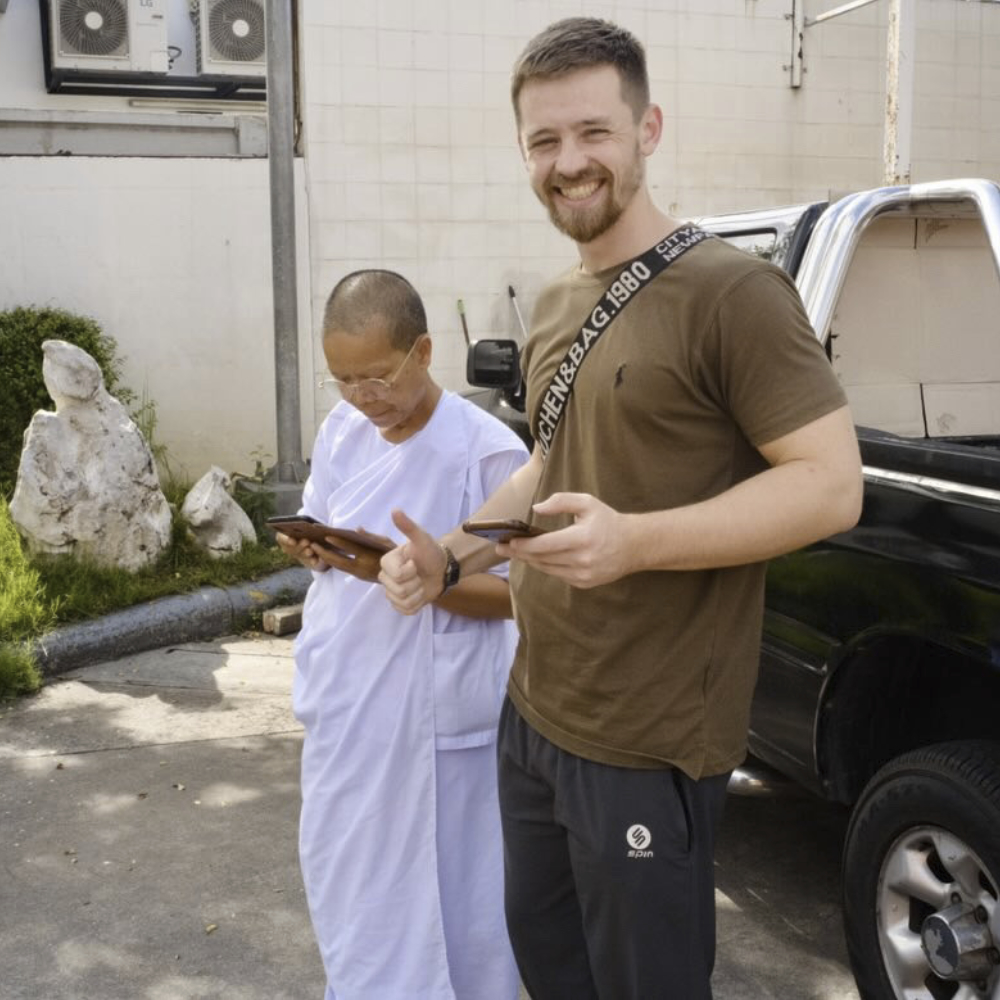
I’m Harry – and I was tired of the same old “10 best places I’ve never been but I’m writing about for some reason” blog posts. So… I’m a young traveller on a mission to travel the world and share my true, unfiltered experience, including all the gristly details. From packing my life into one bag for a year, to traveling Vietnam by motorbike, to sorting out Visas for specific countries – I’ve done it all, am doing it all and only give my advice on things I have done – not regurgitated cr*p from another source *cough* most publications *cough*. So bear with us! This project will take some time to grow, and will take a fair bit of money. But I’m determined to make it the single best source of information about traveling on the internet.

